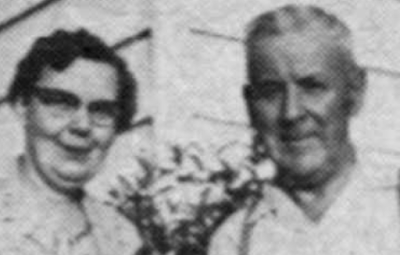Early Jewish Immigrant Databases Now Available

150YearsofCare.org website header Since most of what I view on Youtube are genealogy subjects, and I subscribe to some genealogy channels, much of what is shown at login is genealogy. RLP 378: Interview with Gavin Beinart-Smollan * showed up, and I wanted to listen because my most recent genealogy project is all Jewish immigrants and their descendants, who mostly came to New York City from areas then called "Russia." Wikipedia says, " The Pale of Settlement included all of modern-day Belarus and Moldova, much of Lithuania, Ukraine and east-central Poland, and relatively small parts of Latvia and what is now the western Russian Federation." Part of what makes this population challenging to research is the difficulty in locating records, and the confusing, even overwhelming DNA data. This is a result of the laws and customs governing life in the Pale of Settlement, described by Wikipedia: "The Pale of Settlement was a western region of the Russian Empire... th...





